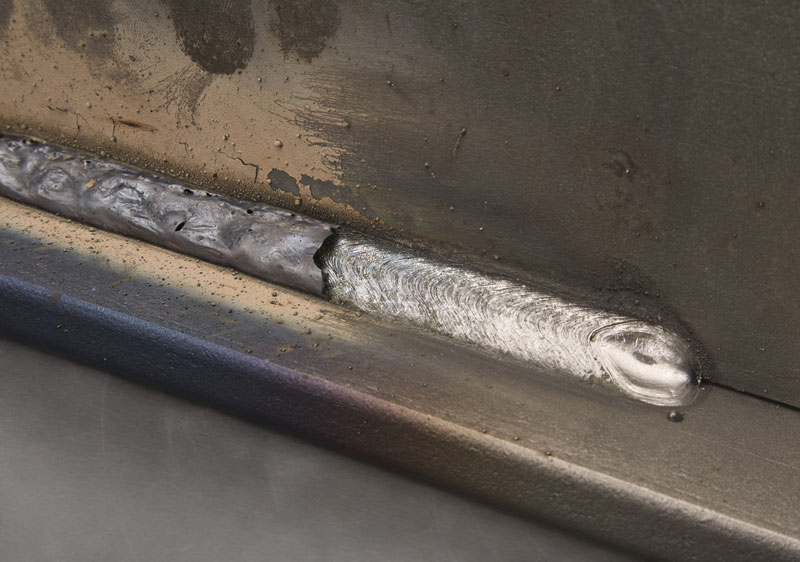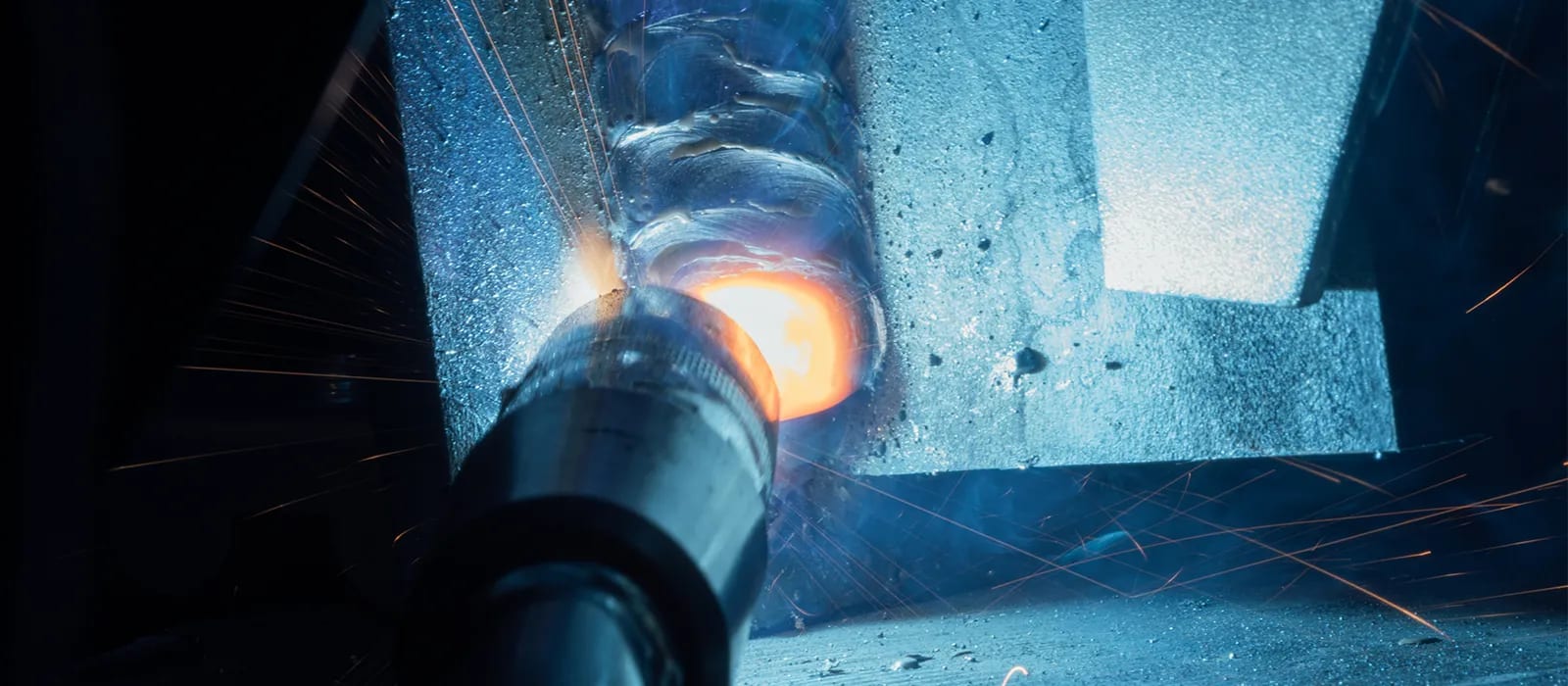Comprehending Porosity in Welding: Checking Out Reasons, Results, and Prevention Strategies
Porosity in welding is a persistent obstacle that can substantially affect the top quality and stability of welds. As professionals in the welding industry are aware, comprehending the causes, impacts, and avoidance methods connected to porosity is crucial for attaining robust and reliable welds. By diving right into the origin of porosity, examining its damaging impacts on weld high quality, and checking out reliable prevention strategies, welders can enhance their understanding and skills to produce top quality welds constantly. The detailed interaction of variables contributing to porosity requires a comprehensive understanding and a positive strategy to ensure successful welding end results.
Common Causes of Porosity
Contamination, in the type of dust, oil, or rust on the welding surface area, develops gas pockets when heated, leading to porosity in the weld. Inappropriate shielding happens when the shielding gas, generally used in procedures like MIG and TIG welding, is unable to completely safeguard the liquified weld pool from reacting with the bordering air, resulting in gas entrapment and succeeding porosity. Additionally, poor gas protection, usually due to incorrect circulation prices or nozzle positioning, can leave components of the weld vulnerable, permitting porosity to form.
Effects on Weld High Quality
The visibility of porosity in a weld can significantly jeopardize the total top quality and integrity of the welded joint. Porosity within a weld produces spaces or dental caries that compromise the structure, making it a lot more at risk to cracking, corrosion, and mechanical failure. These spaces function as stress and anxiety concentrators, reducing the load-bearing capacity of the weld and enhancing the likelihood of premature failure under used tension. Furthermore, porosity can likewise act as potential websites for hydrogen entrapment, further exacerbating the degradation of the weld's mechanical buildings.
Furthermore, porosity can prevent the efficiency of non-destructive testing (NDT) techniques, making it challenging to detect various other flaws or interruptions within the weld. This can cause considerable security concerns, specifically in important applications where the structural honesty of the bonded elements is critical.

Avoidance Techniques Overview
Offered the destructive effect of porosity on weld quality, reliable prevention strategies are crucial to preserving the structural integrity of bonded joints. Among the key prevention techniques is extensive cleaning of the base materials prior to welding. Contaminants such as oil, oil, rust, and dampness can add to porosity, so ensuring a tidy work surface area is vital. Proper storage of welding consumables in dry problems is also vital to stop moisture absorption, which can cause gas entrapment throughout welding. In addition, selecting the proper welding parameters, such as voltage, present, and take a trip speed, can aid reduce the threat of porosity formation. Making sure adequate protecting gas circulation over here and protection is an additional crucial avoidance technique, as inadequate gas insurance coverage can lead to climatic contamination and porosity. Appropriate welder training and qualification are important for carrying out preventative measures successfully and constantly. By including these prevention techniques into welding methods, the event of porosity can be dramatically reduced, resulting in stronger and much more trusted bonded joints.
Value of Appropriate Shielding
Proper shielding in welding plays a critical function in stopping atmospheric contamination and ensuring the honesty of bonded joints. Protecting gases, such as argon, helium, or a mix of both, are generally utilized to safeguard the weld pool from responding with aspects airborne like oxygen and nitrogen. When these reactive components come right into contact with the warm weld pool, they can cause porosity, causing weak welds read what he said with lowered mechanical properties.

Insufficient securing can cause various issues like porosity, spatter, and oxidation, jeopardizing the architectural integrity of the bonded joint. Therefore, sticking to proper protecting techniques is important to produce top notch welds with minimal issues and guarantee the long life and dependability of the bonded elements (What is Porosity).
Surveillance and Control Methods
Just how can welders properly monitor and control the welding process to make sure optimum outcomes and prevent problems like porosity? One secret technique is with making use of innovative monitoring technologies. These can include real-time monitoring systems that offer comments on specifications such as voltage, present, take a trip rate, and gas flow rates. By constantly checking these variables, welders can recognize variances from the ideal conditions and make prompt changes to prevent porosity development.

Additionally, implementing correct training programs for welders is necessary for keeping an eye on and managing the welding process properly. What is Porosity. Informing welders on the significance of maintaining constant specifications, such as proper gas securing and travel look at these guys rate, can assist avoid porosity issues. Regular assessments and qualifications can likewise make certain that welders excel in tracking and managing welding processes
Moreover, making use of automated welding systems can boost tracking and control capacities. These systems can exactly regulate welding criteria, decreasing the chance of human error and making certain consistent weld top quality. By combining advanced monitoring innovations, training programs, and automated systems, welders can properly keep track of and regulate the welding process to reduce porosity defects and achieve premium welds.
Final Thought
